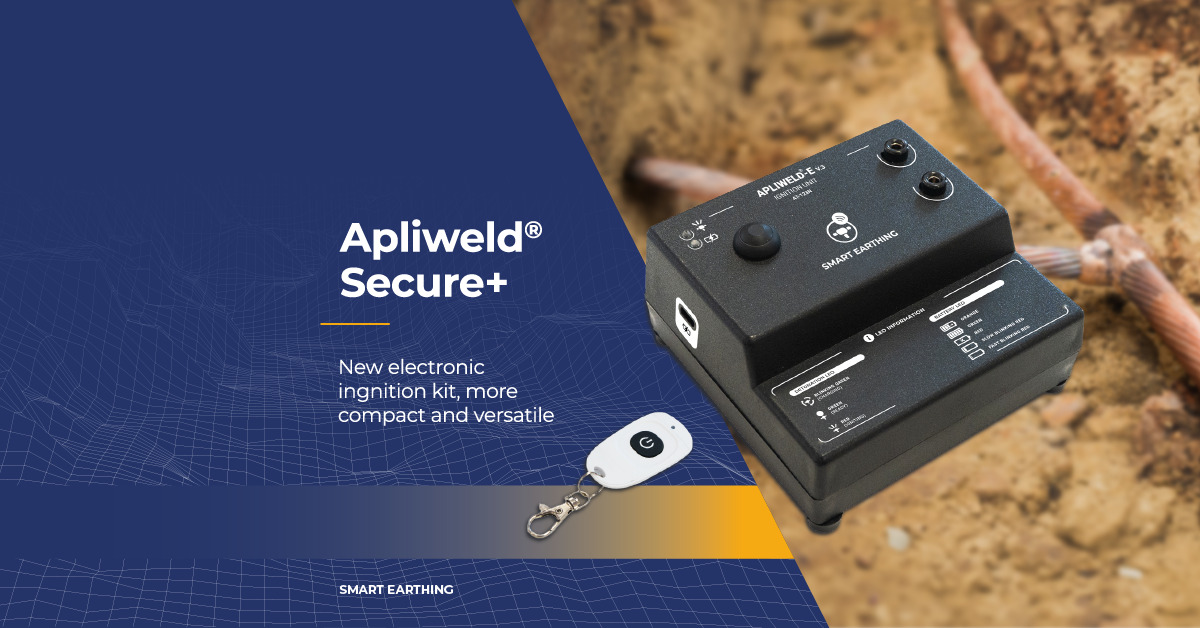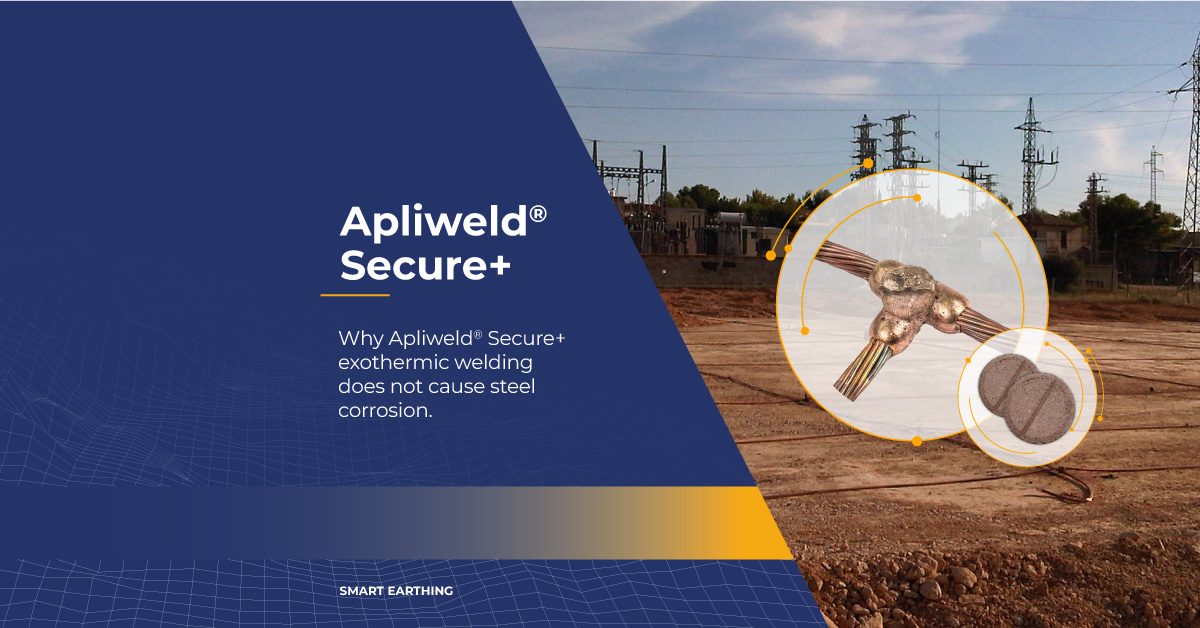The design and execution of an earthing system is a fundamental step in any type of construction. A good state of an electrical facility is vital for any modern facility, whether industrial or civil, due to the large number of processes carried out by elements connected to it. The connection of metallic elements of an earthing system can be carried out mechanically or by welding (such exothermic welding), although not all of these types of connection ensure reliable and, above all, long-lasting connections.
We live in a permanently connected world, but this interconnectivity inherent in the 4.0 evolution of both civil life and a big part of the industry depends on a fully-functioning power system, as they need a reliable source of energy to function. As a power system provides energy, if it does not function properly, it can experience outages or even shut down completely.
The foundation of any electrical system begins with a good earthing system. The durability and reliability of an electrical system depend on its design and execution. An earthing system must also have a service life equal to that of a project for which it is installed.
For the correct execution of an earthing system, in addition to carrying out a preliminary study of the terrain and choosing materials, a connection process between all the conductors must be carried out. Although all the connections between metallic elements have the same function, their execution is different in terms of occupational safety, optimisation and duration. Given the importance of the earthing system, the choice of the bonding method between a mechanical joint and a welding (such as aluminothermic welding) will make a difference in the efficiency and durability of this earthing system, as well as in the safety of connected equipment and people working with it.
Welding vs. mechanical joining: What are their characteristics and why aluminothermic welding provide more durable joints?
The choice of connection method for electrical connectors is the key to the earthing system functioning. In order to make a choice, it is necessary to know the types of connections and the advantages and disadvantages of each type.
Mechanical joining
In the case of a mechanical joint, the connection is made by pressure and tightening and the resulting bond is a contact bond. A joint has a lower conductivity than the conductors involved and the connection is transient, so it shows electrical degradation over time.
The mechanical joint suffers from the current flow, faults or repetitive discharges and the result of a joint depends on the tightening applied by the installer.
Exothermic vs. other types of welding
Exothermic welding, also called aluminothermic welding, produces a melting of the parts to be welded. The filler material in this case is molten copper which fully or partially melts the ends of the parts to be welded. The chemical reaction of copper is very pure and the solid formed is thicker than the conductor so that the electrical characteristics are equal or better than those of the conductor itself, which results in durability and greater wear resistance; two characteristics required for a good earthing system.
On the other hand, the type of welding called brazing is included in welding processes in which the parts to be welded do not melt with the filler material. In this process, the filler material is melted by applying a heat source, and this material diffuses by capillary action between the metals to be welded. When it cools, it produces the fixation, which results in welding. This type of joining is used to join a large number of metals and alloys, but it involves certain occupational and procedural risks that must be taken into account.
There is also autogenous welding, which is a metal joining process in which the heat generated by a flame or similar heat source is used to melt the edges of the parts to be joined. Unlike the previous welding methods, which use an additional filler material to create the joint, the edges of the parts are melted and directly fused together in autogenous welding.
Apliweld ® Secure+ exothermic welding: Extra efficiency and safety
The aluminothermic welding system (also called exothermic welding) Apliweld ® Secure+ developed by Aplicaciones Tecnológicas S.A. adds extra efficiency and safety thanks to its innovative tablet format and its remote electronic ignition.
Safety is achieved through the possibility of remote ignition, either by cable or by remote connection, which ensures that the user can never be reached by material spatter, sparks or any other element of the reaction. Electronic ignition also eliminates the use of flammable reactants and ensures a unique and safe procedure for making such connections.
Efficiency is provided by the format of Apliweld® welding tablets, which can be used for traditional or electronic ignition. The replacement of the usual eight references by just one and its compact format makes it much more economical and easier to use and store.
In addition, the system has its own software for calculating exothermic welding earthing grid projects, Apliweld Selector. Using a number of parameters (connections, conductors and quantity) it calculates how many moulds, tablets, ignition material and accessories are required for a given facility or project. The program displays the references and quantities required so that the final material to be purchased can be known.
If you would like more information about the advantages of Apliweld® Secure+ welding in terms of efficiency and safety, do not hesitate to contact our experts at the following link.
Aplicaciones Tecnológicas also offers free online training on aluminothermic welding, you can register for free from our webinars page.



